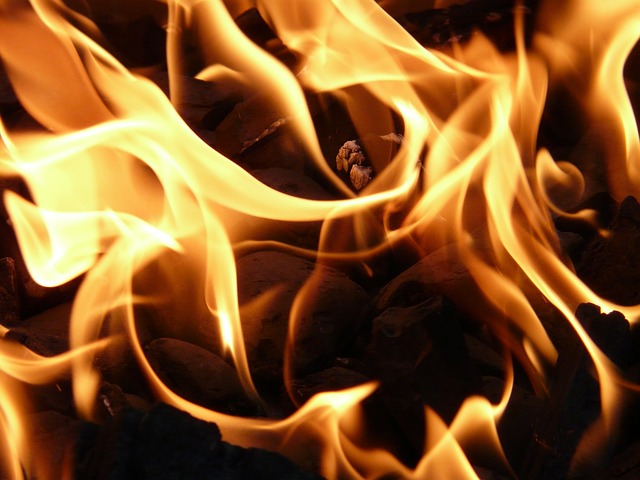
`Excess Air`, `Pyrolytic` and `Starved Air` Incinerators
An incinerator is a specifically designed enclosed chamber where heat is applied to raise the temperature of the charge to ignition and where air is injected to provide the oxygen needed for waste combustion. An incinerator must be able to supplement the heat combustion of the charge to raise the temperature of the products of combustion to the required level.
Thermal treatment technologies include `pyrolysis`, `excess air` and `starved air` combustion processes. The stoichiometric oxygen demand is where an ideal amount of oxygen (or air) required for complete combustion of the waste is provided. Since no equipment is 100% efficient, more than 100% of the ideal stoichiometric air requirement is necessary to assure that the entire charge will burn. This is `excess air` combustion where more air is provided to the charge than the stoichiometric requirement. Excess air incinerators will normally inject from 75 to 200% excess air in the burning chamber.
On the other hand, `pyrolysis` refers to the heating of a combustible organic material in the absence of oxygen to promote breakdown of the organics to simpler compounds, such as in the manufacture of coke and synthetic natural gas from coal. The true pyrolysis process adds either no air or only just sufficient air to produce the heat required to control the process. Under the application of heat, the waste will convert into gas and a solid residue or char. The gas will be rich in organic matter and is fired in the separate after burner.
The main advantage of pyrolysis is low air requirement. With little air passing through the waste, there is less turbulence within the system and less particulate carry to the incinerator’s secondary chamber. This also results in very low nitrogen oxide generation. Less supplementary fuel is required than with excess air systems, where the entire air flow must be brought to the operating temperature of the incinerator. With lower air flow, fans, ducts, flues and air commission control equipment can be sized smaller.
Considering the difficulty to determine an accurate waste heating value on which to base a definition of stoichiometric air requirement, `starved air` incinerators have been developed. These inject from 60 to 90% of the stoichiometric air requirement in the primary chamber of the incinerator and burn out the off-gas in the secondary chamber which operates with excess air.


